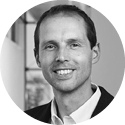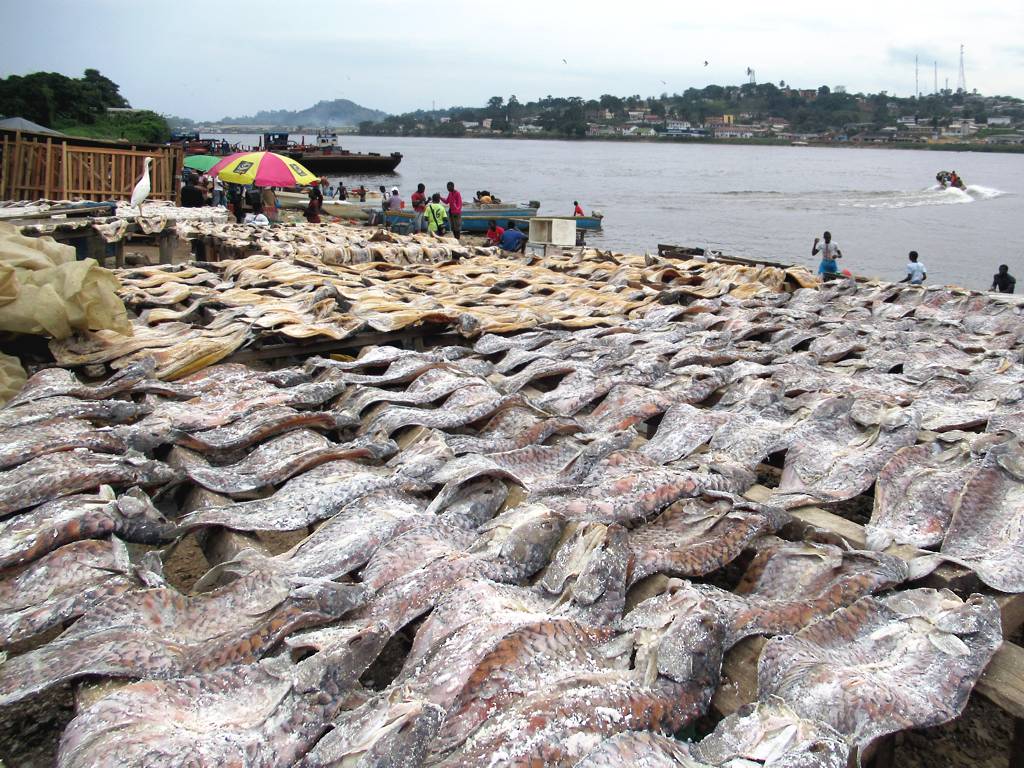In some parts of Africa, up to 30% of agricultural or marine products, such as vegetables and fish, spoil on their way to market due to a lack of refrigeration or preservation facilities. This is due, to a large extent, to the lack of proper electrical infrastructure in rural areas.
With its SolCoolDry cooperative project, Fraunhofer ISE has developed a facility for solar-assisted ice production and the solar drying of foodstuffs, in cooperation with German company Innotech Ingenieursgesellschaft mbH. In the project, funded by the German Federal Agency for Agriculture and Food, Fraunhofer ISE cooperated with state research body the Kenya Industrial Research and Development Institute (KIRDI), the Kenya Marine and Fisheries Research Institute, and the Technical University of Mombasa.
The project objective was to provide help to local people and to develop a system that they can operate on their own. Since February 2023, the system has been jointly run by KIRDI and the Beach Management Unit, an association of local fisher folk, mangrove planters, agricultural and seaweed farmers, and beekeepers.
The core of the SolCoolDry system consists of a 15 kWp rooftop photovoltaic system and a 19.2 kWh lithium nickel, manganese, cobalt (NMC) battery. Three PV inverters feed the electricity from the rooftop into a three-phase grid, generated by standalone battery inverters. The inverters also recharge the battery with excess solar power, when needed.
The flake ice machine and the ice storage room is powered by the minigrid. As the ice machine runs on solar energy alone, during the daytime, 550 kg of ice can be produced. In order to be able to use the groundwater available on site, and thus become independent of external water delivery, a water treatment system is currently being built.
The SolCoolDry system also has two solar tunnel dryers in which air is heated and distributed over the dry goods by fans throughout the day. In order to be able to continue drying throughout the night, one of the tunnel dryers contains heating pipes. These are supplied with heat from a 12 m2 flat-plate thermal collector and a 2,000 liter hot water storage tank.
Sustainable operation
The severe travel restrictions imposed during the height of the Covid pandemic posed a challenge for Fraunhofer’s German and Kenyan project team, rendering it impossible for the German partners to set up the system on-site. As a result, Fraunhofer ISE created a video tutorial instead, which enabled the project’s Kenyan partners to set up the system largely on their own; an interesting learning process for both sides.
After electrical commissioning by Fraunhofer, the system was officially handed over to the local partners. A technician, who is currently being trained, will ensure stable operation of the project in the future. User fees for the dryer plus revenue from the sale of the ice will finance the plant’s maintenance in order to ensure the sustainability of the project. Fraunhofer ISE will also continue to monitor the performance of the plant. The data generated will be recorded in a monitoring system so that remote diagnosis is possible. This aspect is essential for the further support of the local partners in cases of maintenance and repair.
Food security
By cooling and drying fish and meat, as well as vegetables, fruit, and other products, farmers and fisher folk are now able to avoid spoilage and bring more products to the market. The first weeks of trial operation proved that there is great interest in the functioning plant.
The SolCoolDry plant has been very well received by the local population and the demand for ice is even greater than originally anticipated. Some fisher folk drive up to 50 km to pick up the ice. Like the ice machine, the drying plant also operates continuously and is used to dry meat, fish, fruit, vegetables, and flowers for making tea. The preservation of foodstuffs enables farmers and fishers to sell their products out of season, thus creating a more secure income base and generating higher revenue. In further courses, the fishers will be trained in quality assurance and the hygienic processing of their products.
The SolCoolDry system is a “lighthouse” project. There are very few autonomous solar systems of this kind in Kenya thus far. Therefore, the interest in the technology is high and the goal is to learn from the operation of the system and to be able to make recommendations for future installations.

 About the authors: Alexander Morgenstern and Norbert Pfanner are project managers of the SolCoolDry system for the Fraunhofer ISE in Freiburg, Germany.
About the authors: Alexander Morgenstern and Norbert Pfanner are project managers of the SolCoolDry system for the Fraunhofer ISE in Freiburg, Germany.
The views and opinions expressed in this article are the author’s own, and do not necessarily reflect those held by pv magazine.
This content is protected by copyright and may not be reused. If you want to cooperate with us and would like to reuse some of our content, please contact: editors@pv-magazine.com.



By submitting this form you agree to pv magazine using your data for the purposes of publishing your comment.
Your personal data will only be disclosed or otherwise transmitted to third parties for the purposes of spam filtering or if this is necessary for technical maintenance of the website. Any other transfer to third parties will not take place unless this is justified on the basis of applicable data protection regulations or if pv magazine is legally obliged to do so.
You may revoke this consent at any time with effect for the future, in which case your personal data will be deleted immediately. Otherwise, your data will be deleted if pv magazine has processed your request or the purpose of data storage is fulfilled.
Further information on data privacy can be found in our Data Protection Policy.